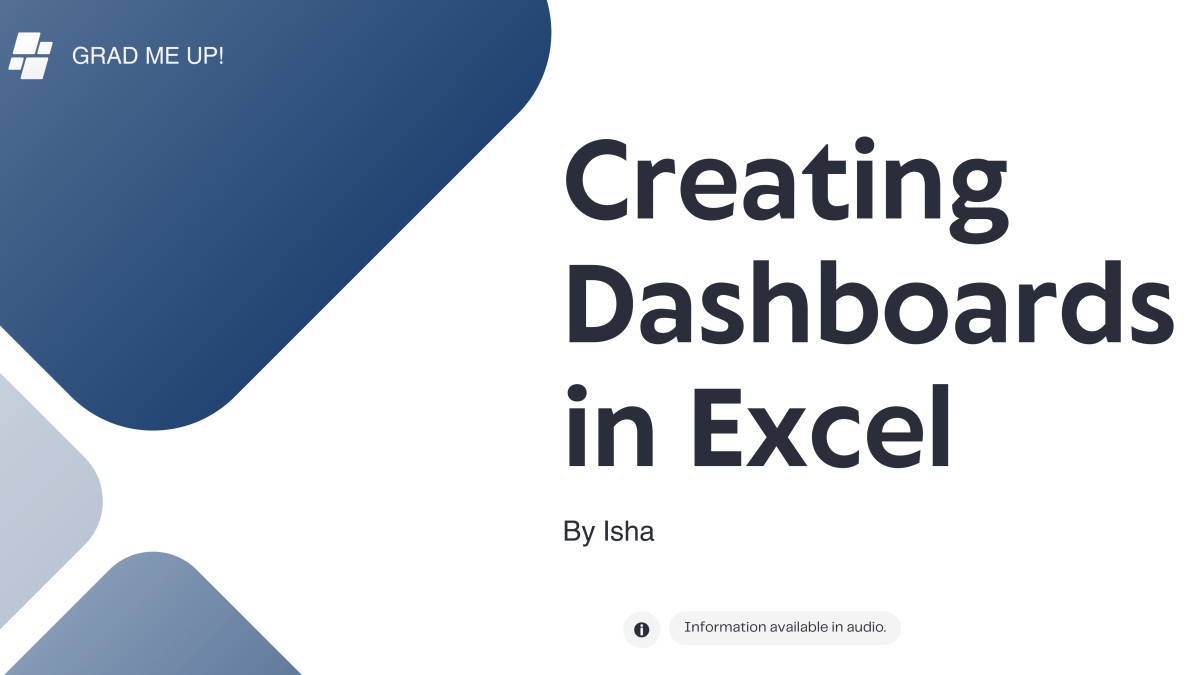Let’s Make This Sunday Visually Appealing
|
Welcome to the Excelrator Newsletter!
|
Hey {{contact.first_name}},
Last week, we introduced you to the magic of Excel dashboards, showing you just how powerful they can be.
Now, we’re taking it up a notch! This Sunday, we’ll dive right into building one from scratch—step by step. It’s going to be easy, practical, and fun, so get ready to make your data work for you!
So, let me guide you through each simple step to create your own Excel dashboard like the one below. Together, we'll turn your data into clear, actionable insights!
|
1. Import your Raw Data into Excel
|
- Data Types: You might have data in Excel, Google Sheets, or CSV files. Don’t worry—Excel makes it easy to bring them all in.
- How to Import: Go to the “Data” tab and choose “Import.” If your data is live, you can even link it to Excel so your dashboard updates automatically!
|
- Add a Dashboard Sheet: Start by adding a new sheet at the front and name it “Dashboard” to keep things organized.
- Rename Your Data Sheet: Change the raw data sheet’s name to something clear, like “Data,” so everything’s easy to find.
|
- Why Use Tables?: Tables make it easy to filter, sort, and style data. Plus, they’re a huge help when adding formulas.
- Format as a Table: Select your data, go to Home > Format as Table, and pick a style you like.
- Name Your Table: Give your table a name (like “Sales_Table”) so you can refer to it quickly when using formulas.
|
- Create a Pivot Table: Add a new sheet named “Tables” to keep things tidy.
- Set the Source Data: Use your table name as the source, so it always reflects the latest data.
- Arrange Fields: Drag and drop fields to get summaries, like Target Revenue or Actual Revenue.
- Move to Dashboard: Copy the finished table over to your dashboard and style it to make it look sharp.
|
- Choose Your Chart Type: Use line charts, bar charts, pie charts, or even maps—whatever suits your data best!
- Add Interactivity: Try a chart that lets you filter data by category or date for a dynamic look.
- Pivot Charts: Create a Pivot Chart and add it to your dashboard for an instant visual summary.
|
- What’s a Slicer?: A slicer is like a mini dashboard filter. It helps you instantly filter data with a simple click.
- How to Add a Slicer: Click on your table or pivot table, go to the Insert tab, and select “Slicer.” You can add a slicer for fields like date, product, or region.
- Why Use It?: Slicers make it super easy to focus on specific data views, making your dashboard interactive and user-friendly.
|
And that’s it! With just a few steps, some formulas, and a bit of creativity, you’ve got yourself a working Excel dashboard. It’s perfect for tracking key metrics, managing budgets, or just getting a clearer view of your data.
Excited to try it? This Sunday, we’ll go through each step in detail, so you’ll have a dashboard that’s both useful and eye-catching. Get ready to impress with your Excel skills!
|
Thanks for being here!
Stay Exceling,
See you next week!
Isha
|
Isha Jaiswal is a Chartered Accountant with over five years of experience in the finance field. After obtaining her CA qualification, she worked with Big4 audit firms, Mahindra, Tata, and other prominent companies, holding roles in Investor Relations, Business Analysis, and Consulting.
She expanded her reach by becoming a Finance and Excel Content Creator on Instagram (@ca.ishajaiswal), where she connects with a community interested in corporate insights and financial tips.
|
{{crm_global_email_footer}}
|
|

